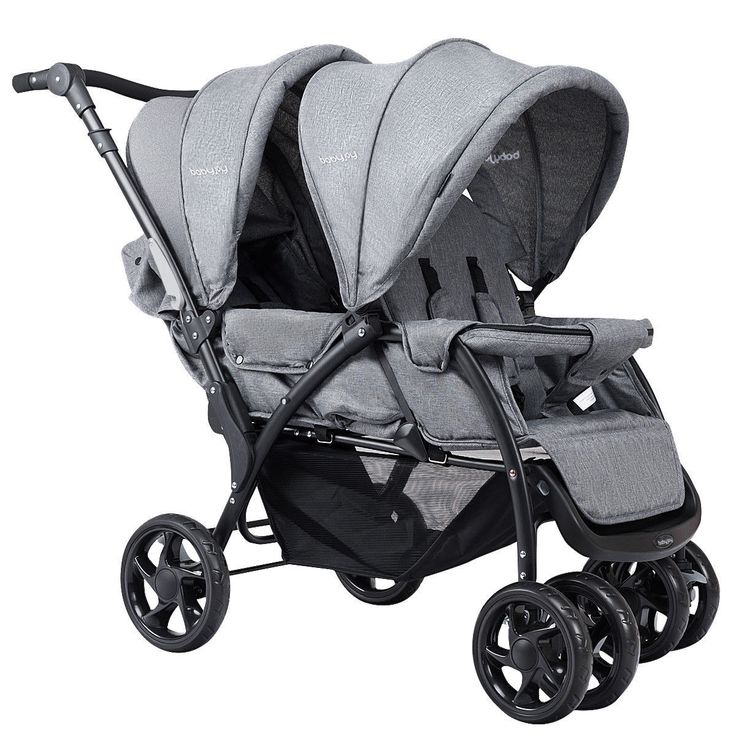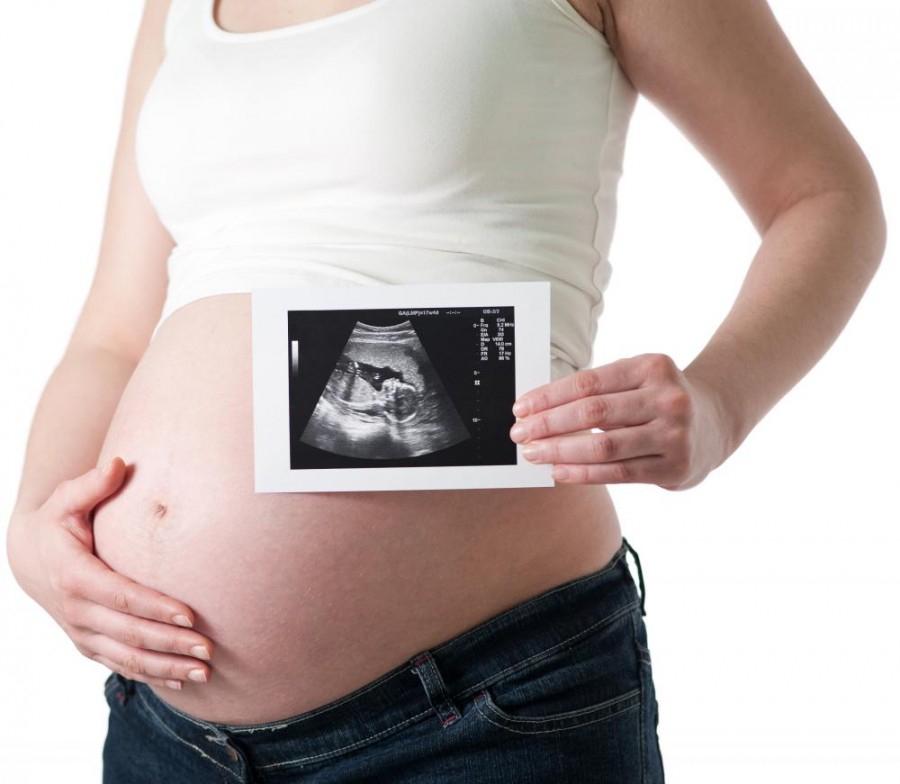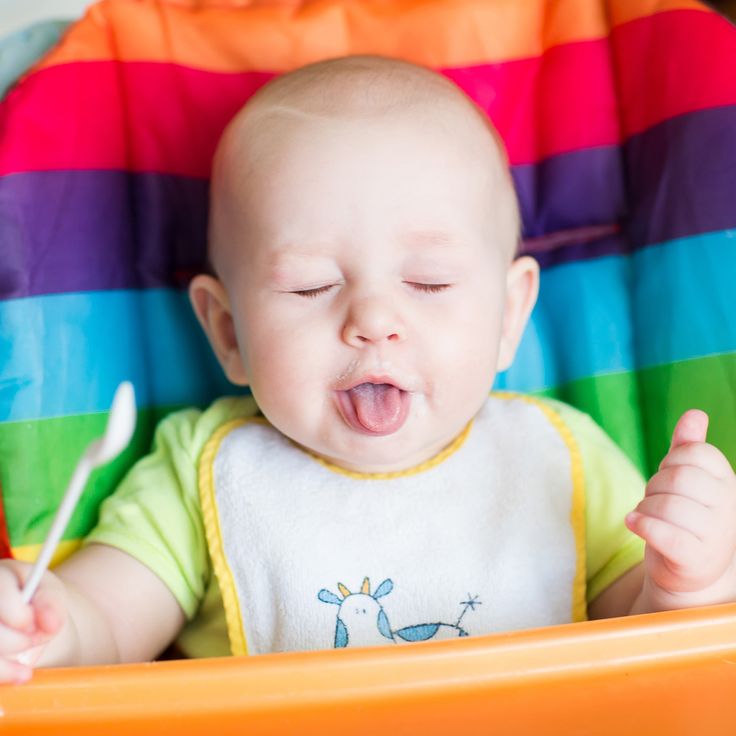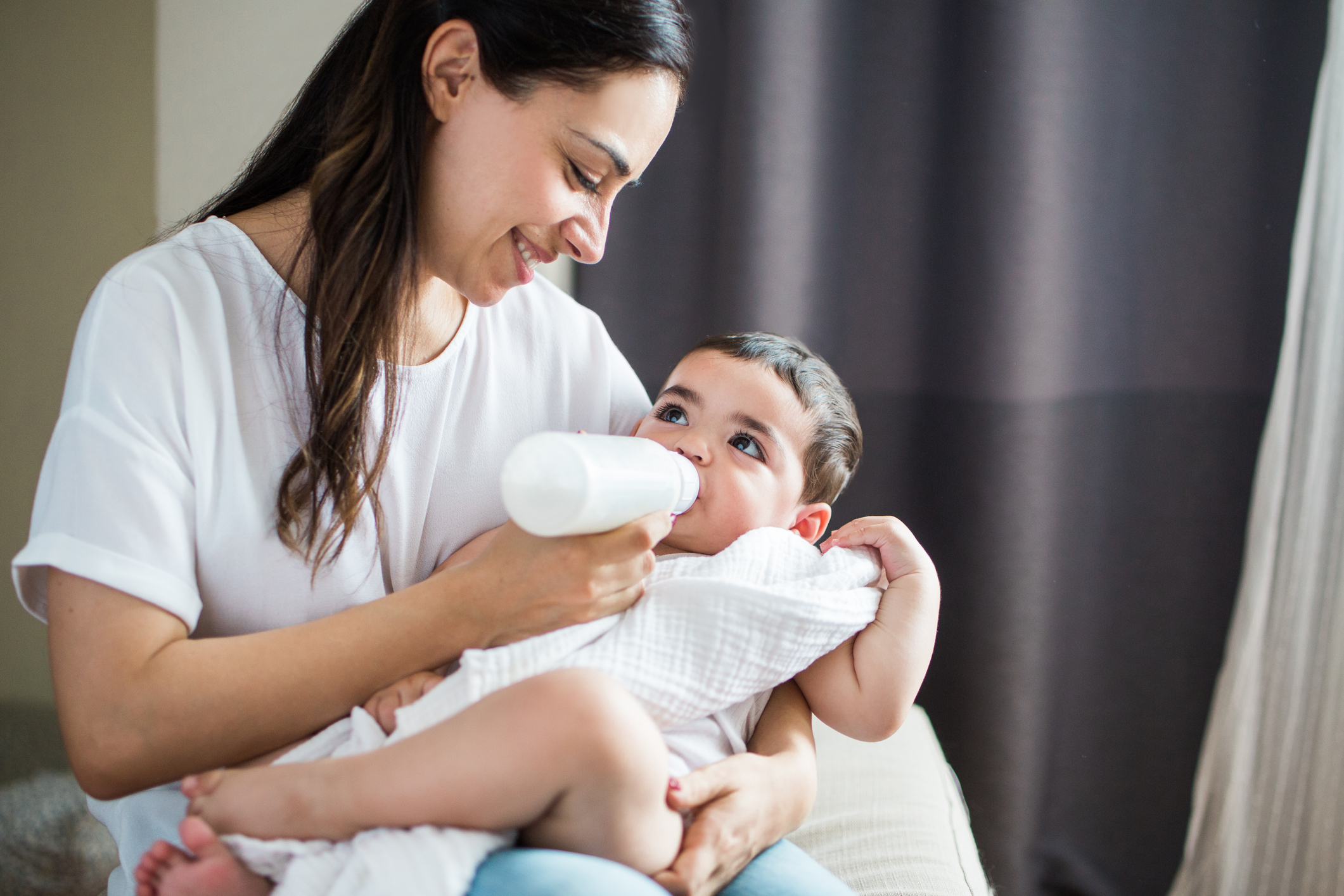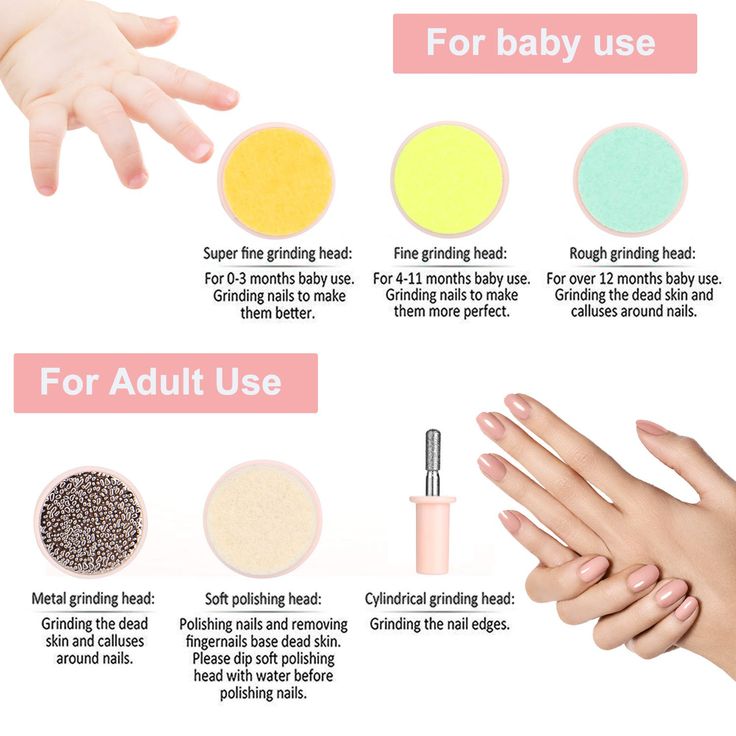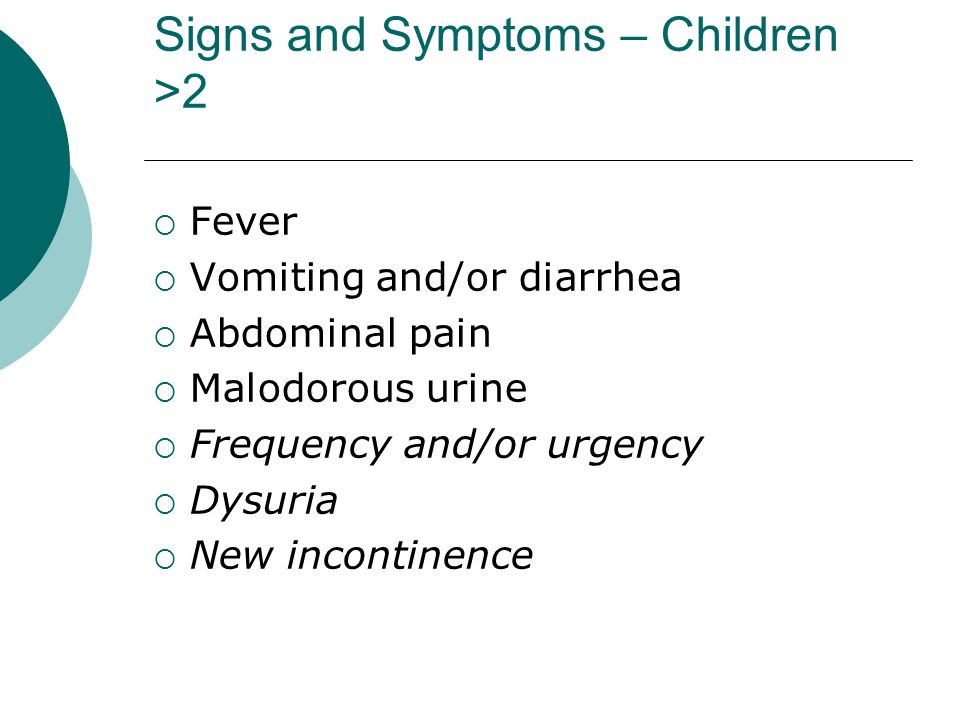Baby cries tears
When Do Babies Get Tears? Your Newborn May Cry Without Them
Your newborn has been screaming for the last 45 minutes. (First it was a wet diaper, then the formula was cold, the onesie was scratchy, worldly existence is a confusing and tumultuous experience, you know — the usual stuff.)
But when you look down, you realize their face is 100 percent dry. How is that possible? They should be drowning in a salty sea of their own tears by now!
Get this: Newborn babies don’t cry tears. Well, not at first, anyway. It does happen eventually. But for the first several weeks of your newborn’s life, crying will involve a lot of red-faced wailing and nothing else.
Your little one’s eyes will start making more tears a couple of weeks after birth. Those wet cheeks will typically appear by about 3 months of age or before.
Here’s more about when you can expect real tears to be shed and what you should do if it doesn’t happen by a certain age.
For the first 2 weeks of your baby’s life, their eyes will be pretty dry — including when they’re crying.
First, a little teardrop 101: The lacrimal glands of the eye make tears. The tears then flow over the eye and drain into the tear ducts. (It’s a popular misconception that ducts make tears.)
Although babies do make some tears from birth, they don’t make enough to be seen as tears when crying.
In addition to being tear-free, you may notice that your baby’s eyes are:
- sometimes briefly crossed or divergent
- red or bloodshot (broken blood vessels during birth can cause a subconjunctival hemorrhage)
- indistinct in color
They may also temporarily have swollen eyelids.
Around 2 weeks old, your baby’s lacrimal glands will begin increasing their production of tears, though you still may not notice much change.
Sometime between 1 and 3 months of age is typically when babies actually start shedding more of the salty stuff when they cry, creating visible tears. (Yes, it will be heartbreaking at first. Yes, you’ll get used to it. )
)
It’s uncommon for your newborn to cry tears before their lacrimal glands have fully developed.
But if your newborn is at least 2 weeks old and crying tears, they’ve probably just reached the “crying with real tears” phase of life.
Other causes of newborn eye watering include the following:
Blocked tear duct
If your baby’s eyes are actively tearing up at times when they aren’t crying, their tears could be from a blocked tear duct.
As tear ducts finish forming, there can be (usually harmless!) issues with the membrane responsible for moving tears from the eye into the nose. When tear ducts are blocked, the tears back up and overflow into the eye, making them look constantly teary.
This isn’t usually a cause for concern, and most cases of blocked tear ducts resolve on their own by baby’s first birthday.
Infection
Occasionally, a tear duct gets clogged enough that the corner of your baby’s eye will become infected. This is called dacryocystitis.
It can be serious in an infant and does need to be treated. So if your baby’s eye also has swelling, redness, or pus, you should call your doctor.
Viruses and bacteria
Your newborn could also have a viral illness, like a cold, or even pink eye (conjunctivitis).
This is especially likely if the tears are accompanied by redness or discharge (and especially if you have any other little germ factories — ahem, small children — at home).
Pink eye is uncommon in newborns but can be serious. See your pediatrician right away if your newborn has a red eye with discharge.
This is most likely a blocked tear duct or pink eye. (A cold or viral illness would produce tears in both eyes.)
As far as telling the difference between the two, a blocked tear duct will cause tears but usually no other symptoms, while pink eye comes with all the requisite gooey grossness and redness.
If your baby is a few months old and still isn’t producing any real tears when crying, most often it’s just a delay that’s within the range of normal. But there may be medical reasons for the delay, so see your pediatrician.
But there may be medical reasons for the delay, so see your pediatrician.
If your little one has previously turned on the waterworks but then starts crying without tears again, it could be dehydration. This will typically come with other symptoms, like vomiting, diarrhea, or poor feeding.
Make sure your baby’s getting enough fluids (either from breast milk or formula) every day. Early signs of infant dehydration include:
- a decrease in wet diapers
- lethargy
- irritability
- less tears when crying
Serious eye conditions
You may have read that a lack of tears can be a sign of more serious eye conditions, like cataracts, lazy eye, glaucoma, or retinoblastoma.
In reality, there’s no evidence that dry eye is a sign of these conditions. (In fact, glaucoma can cause excessive watering.)
All of these conditions have other symptoms that would be picked up by your pediatrician at well baby visits.
Familial dysautonomia — a rare genetic disorder — can cause a lack of tears, though it’s not specifically an eye condition.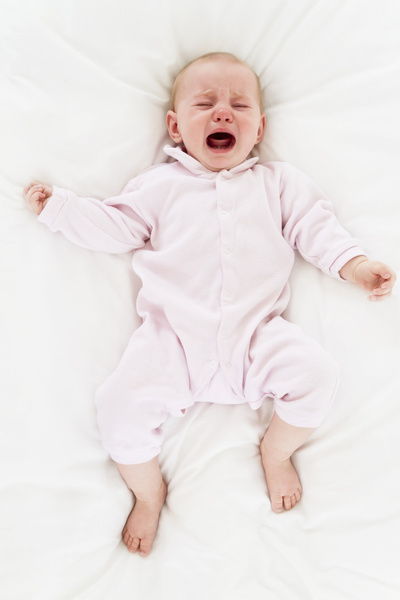 Other symptoms include:
Other symptoms include:
- lack of muscle tone
- trouble regulating body temperature
- frequent infections in the lungs
- feeding difficulty
If your newborn is very young, like under 1 month old, crying without tears is totally normal. But you should contact your doctor for next steps if your baby:
- doesn’t develop tears by 2 or 3 months of age;
- only has tears in one eye and visible signs of infection like redness, pus or discharge, or swelling;
- has any unusual eye characteristics, like discolored pupils or cloudy lenses.
Expect a lot of dry-eyed crying in the first few weeks of your newborn’s life.
As time goes by, their eyes should become moister and eventually begin producing tears during all those 2 a.m. crying jags. (If you’re crying, too, that’s totally fine. No judgment here.)
Reach out to your child’s pediatrician if your baby has excessively watery eyes that you think may be caused by infection or an eye condition, or if they still aren’t producing tears after 3 months old.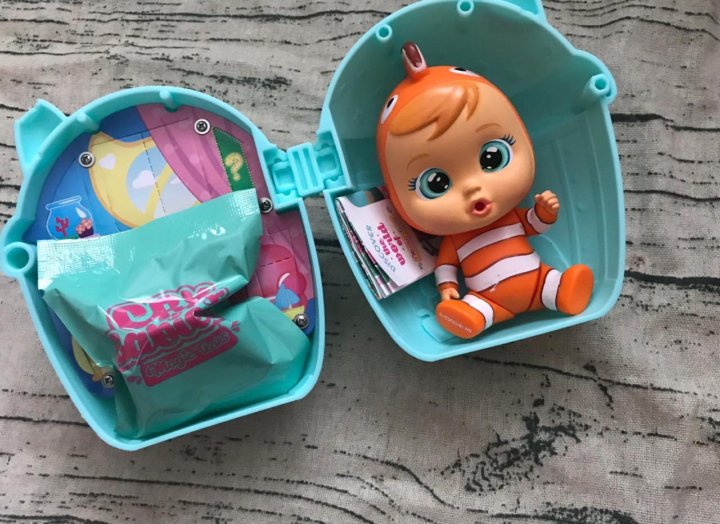
Why Babies’ Tears Make Us Cry and Why They Matter
Categories: Breastfeeding Today, Previous Issues
TERESA PITMAN
Originally published May 2014 and republished with the express permission of the author.
Photo: Sweetdreams Photography.
I was once in an airport, waiting for my flight, when I saw a father carrying around his baby. The baby wasn’t crying hard, just fussing and being unhappy, and the dad was patting his back gently as he walked up and down between the seats filled with tired travelers. It made me smile, but I was shocked when an older woman stood up and planted herself in front of the father. In a voice loud enough for all of us to hear, she berated him for “spoiling that baby” and let him know that the infant would be “ruined for life” if he kept on carrying and soothing him.
She couldn’t have been more wrong.
Responding to a crying baby, it turns out, is important for the baby’s development in many ways.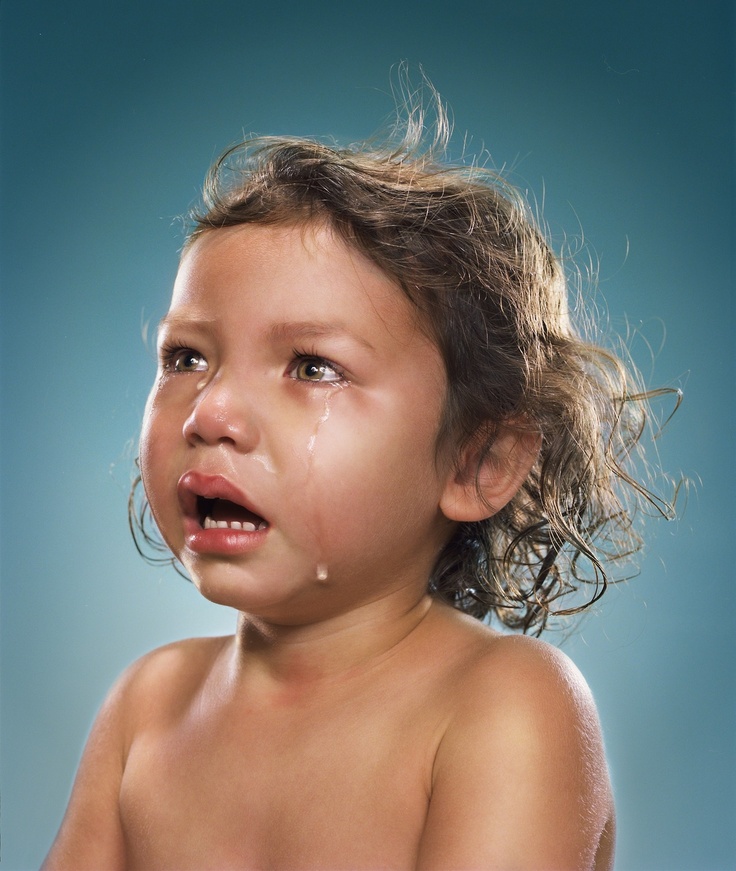 For one thing, it reduces the amount of crying as the baby gets older. Silvia Bell and Mary Ainsworth from John Hopkins University found that mothers who responded quickly to crying in the first few months had babies who cried less often and for shorter periods of time at one year, compared with the mothers who delayed responding or sometimes ignored the crying.
For one thing, it reduces the amount of crying as the baby gets older. Silvia Bell and Mary Ainsworth from John Hopkins University found that mothers who responded quickly to crying in the first few months had babies who cried less often and for shorter periods of time at one year, compared with the mothers who delayed responding or sometimes ignored the crying.
And now more recent research is showing that responding to your crying baby protects him or her against future mental health problems and negative reactions to stress. Megan Gunnar and others found that they could measure the levels of the stress hormone cortisol in a baby’s system by offering the baby a soft strip of fabric with a sweet taste to suck. This allowed them to find out whether a particular situation was causing the baby stress, and how much.
In a 2009 presentation, Gunnar explained that the stress hormone system is very reactive in the first three or four months after birth. The baby is easily stressed by many things that seem minor upsets to the rest of us: being away from his or her mother, being bathed, having diapers changed and being hungry.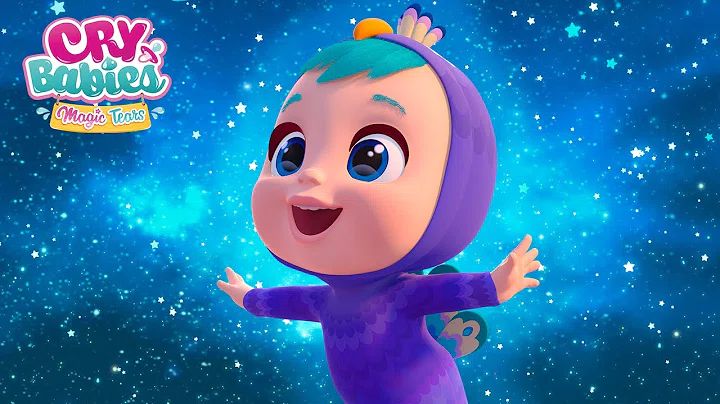 These everyday events can send the baby’s cortisol levels shooting up. But when the baby’s caregiver responds to the baby’s cries and other signals of being upset by comforting and soothing the baby, the levels of cortisol go back down. Gunnar adds that this sensitive, responsive care is needed throughout early childhood to maintain cortisol at healthy levels.
These everyday events can send the baby’s cortisol levels shooting up. But when the baby’s caregiver responds to the baby’s cries and other signals of being upset by comforting and soothing the baby, the levels of cortisol go back down. Gunnar adds that this sensitive, responsive care is needed throughout early childhood to maintain cortisol at healthy levels.
Why does the cortisol level matter? Because consistently elevated cortisol affects the way the baby’s brain develops, the way he responds to stress in the future, his immune system, his risk of obesity and other areas of development. It’s no small thing.
The good news is that you don’t have to be a “perfect” mother to protect your baby from stress. I learned that first-hand. For the first couple of weeks of my eldest son’s life, he was pretty easy-going. He nursed fairly often but slept most of the time in between feedings. I thought I was a brilliant mother.
At two weeks, however, that honeymoon was over. He was often fussy, cried more often than I’d expected, and wanted to breastfeed on and off all evening long. I tried everything I could think of to soothe him, and while sometimes he’d settle down, often I couldn’t figure out what he wanted.
He was often fussy, cried more often than I’d expected, and wanted to breastfeed on and off all evening long. I tried everything I could think of to soothe him, and while sometimes he’d settle down, often I couldn’t figure out what he wanted.
I remember sitting and holding him against my shoulder, his eyes closed tightly and his little face red from the effort of crying, and saying: “I don’t know what to do to help you, but I’m here.” It seemed to be the best I could do. Now that I’ve had four children and six grandchildren, I know the truth of that comment. Sometimes a baby’s crying can be comforted away and sometimes it can’t, but the research says that just being there makes all the difference in the world. Crying in the arms of a loving mother is a very different experience for the baby than crying alone in a crib.
Purpose? Crying is so universal it seems that there should be some purpose to it beyond just driving parents crazy.![]() Apparently there is—and the need to breastfeed is part of that purpose. Dr. Ron Barr, a Canadian physician who has researched colic and infant crying for many years, has looked at babies around the world, not just in North America or Europe, so he’s able to talk about the aspects of crying that cross cultural lines. He finds a consistent pattern everywhere in the world: babies don’t cry too much in the first week or two, then they steadily increase the amount of crying over the next few weeks. It peaks at around two months, and then gradually decreases.
Apparently there is—and the need to breastfeed is part of that purpose. Dr. Ron Barr, a Canadian physician who has researched colic and infant crying for many years, has looked at babies around the world, not just in North America or Europe, so he’s able to talk about the aspects of crying that cross cultural lines. He finds a consistent pattern everywhere in the world: babies don’t cry too much in the first week or two, then they steadily increase the amount of crying over the next few weeks. It peaks at around two months, and then gradually decreases.
Barr has also found that in all societies there are babies who cry more—sometimes much more—than average. We’d call them “colicky.” There’s nothing medically wrong with these babies, Barr says. They are just at the extreme end of the “crying continuum.”
Barr’s research, and other research he’s reviewed, came up with several possible benefits of crying.
- In traditional cultures, where breastfeeding is the norm, mothers usually respond to the baby’s crying or fussing by offering the breast.
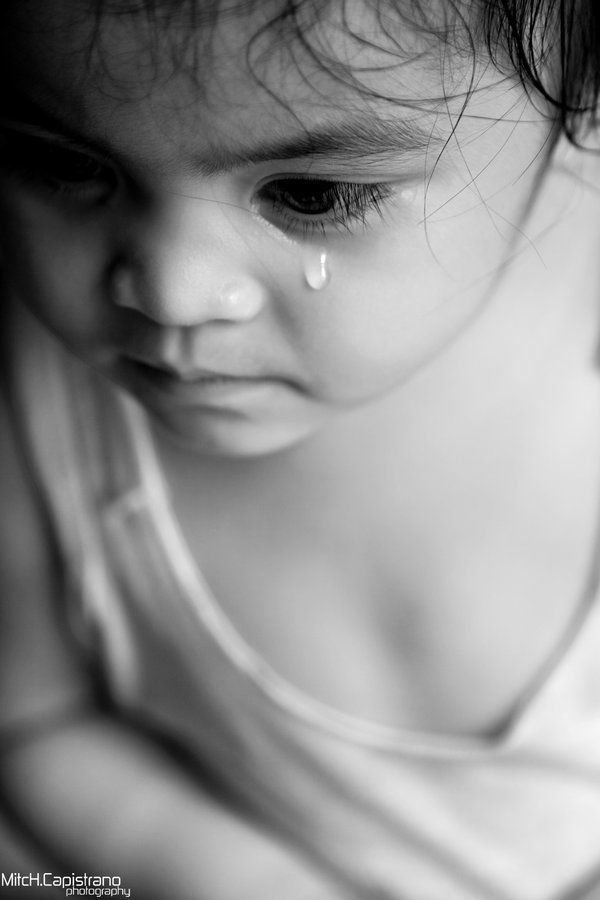 Usually the baby will nurse briefly three or four times per hour. As Dr. Barr puts it, in those cultures, the baby controls the feeding process. In ours, parents usually control it. Frequent crying in the early weeks and months helps to make sure the baby gets plenty of milk and also establishes milk production so that there will continue to be abundant milk for many months to come.
Usually the baby will nurse briefly three or four times per hour. As Dr. Barr puts it, in those cultures, the baby controls the feeding process. In ours, parents usually control it. Frequent crying in the early weeks and months helps to make sure the baby gets plenty of milk and also establishes milk production so that there will continue to be abundant milk for many months to come. - Again, in those traditional cultures, the parents pick up the baby when she cries and keep her close to them—and this protects the baby from predators and other dangers. A baby not in her parent’s arms or next to an adult body is at risk, so frequent crying makes sure she’s safe. Our babies aren’t as much at risk from wild animals or exposure to the elements, but they don’t know that. As Dr. Barr notes: “Separation causes crying, and contact often stops it.”
- When mothers respond to the cries by breastfeeding, the baby gets benefits beyond just milk. The frequent feeding at the breast stimulates production of the milk-producing hormone prolactin, suppressing ovulation and making it less likely that the mother will get pregnant again.
 Prolactin is highest during night feedings, and we know that frequency of suckling at the breast seems to be more important in stopping ovulation than the duration of each feeding. In other words, it’s more effective (in terms of suppressing fertility) for the baby to suckle for five short feedings in the evening than for two long ones. Frequent fussing and feeding in the evening mean two good things from a biolog- ical perspective: the current baby won’t have his milk supply diminished by another pregnancy, and the mother is less likely to become anemic due to iron loss through menstruation.
Prolactin is highest during night feedings, and we know that frequency of suckling at the breast seems to be more important in stopping ovulation than the duration of each feeding. In other words, it’s more effective (in terms of suppressing fertility) for the baby to suckle for five short feedings in the evening than for two long ones. Frequent fussing and feeding in the evening mean two good things from a biolog- ical perspective: the current baby won’t have his milk supply diminished by another pregnancy, and the mother is less likely to become anemic due to iron loss through menstruation. - When parents are not frustrated and angry, crying can create caring and nurturing emotions and strengthen the bonds between parents and baby. You know how that newborn cry tugs on your heart. These early weeks are a time for parents and baby to get to know each other, and for the parents to learn what soothes and comforts the baby. Frequent crying gives them lots of opportunities to practice and even feel successful!
If responding to a baby’s cries is so important, you’d think it would be “built-in” to mother’s brain.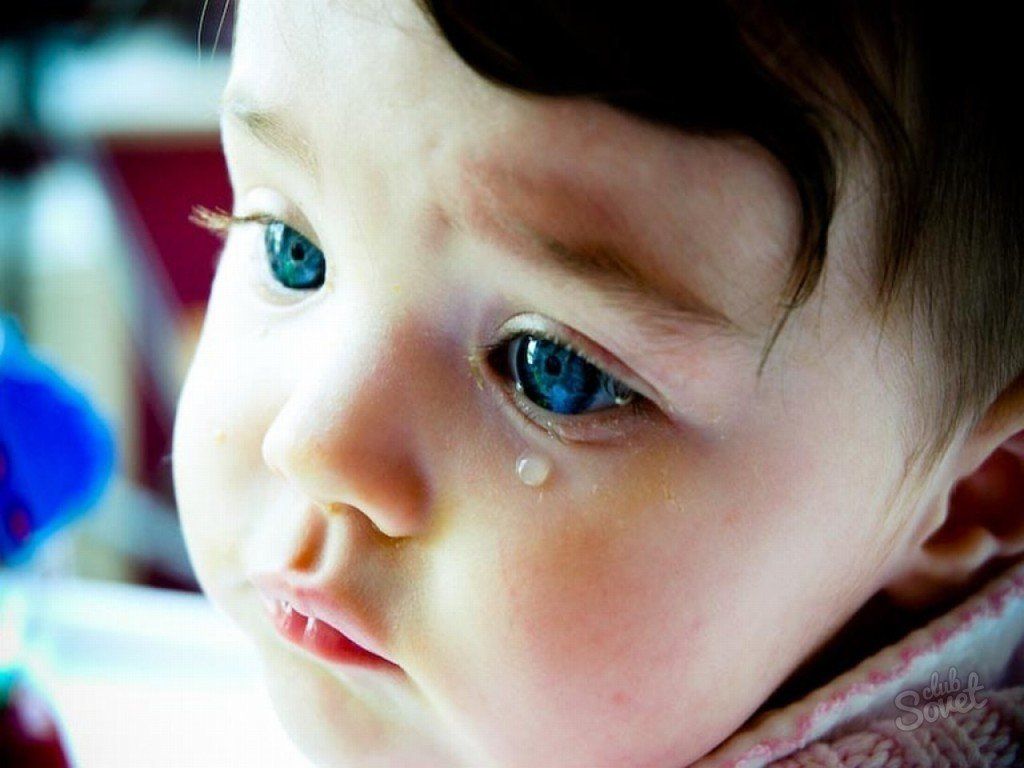 Actually, it is. Dr. James Swain, a Canadian professor at Yale University, has been studying brain imaging of mothers’ responses to crying. “A baby crying activates the circuits in the mother’s brain that are similar to those that become overactive in people with obsessive-compulsive disorder,” Swain says. “It also affects the parts of the brain that motivate us, help us appraise the environment, and calm us so we don’t get too angry.”
Actually, it is. Dr. James Swain, a Canadian professor at Yale University, has been studying brain imaging of mothers’ responses to crying. “A baby crying activates the circuits in the mother’s brain that are similar to those that become overactive in people with obsessive-compulsive disorder,” Swain says. “It also affects the parts of the brain that motivate us, help us appraise the environment, and calm us so we don’t get too angry.”
This brain activity makes sense when you think about the baby’s needs: when she cries, she wants someone to be motivated to respond, to be a little obsessed with making sure everything is okay, and to stay calm while soothing her.
Breastfeeding affects how your brain responds, as well. In 2011, Swain and his fellow researchers had mothers who were exclusively breastfeeding scanned with MRI machines as they heard their two to four-week-old babies crying. They compared the MRI results to those of exclusively formula-feeding mothers who listened to their babies crying. The breastfeeding mothers, on average, had higher activity in the parts of their brains linked to nurturing behaviors and showed greater sensitivity to their babies when seen again at four months postpartum.
The breastfeeding mothers, on average, had higher activity in the parts of their brains linked to nurturing behaviors and showed greater sensitivity to their babies when seen again at four months postpartum.
As part of his original study, Swain also compared mothers who had given birth vaginally and those who had elective cesarean sections. When the first set of scans was done, the babies were all between two and four weeks old, and Swain found that the mothers who had delivered vaginally were significantly more sensitive to the cries of their own babies. While none of the mothers in the study had clinical depression, those who were less sensitive to their babies’ crying also showed more symptoms of depression.
Swain is quick to add: “This doesn’t mean that mothers who have elective cesareans are bad mothers. We repeated the brain scans when the babies were about four months old, and by then the differences were much less. All that time holding and caring for and interacting with the baby compensated for any difference due to the method of birth.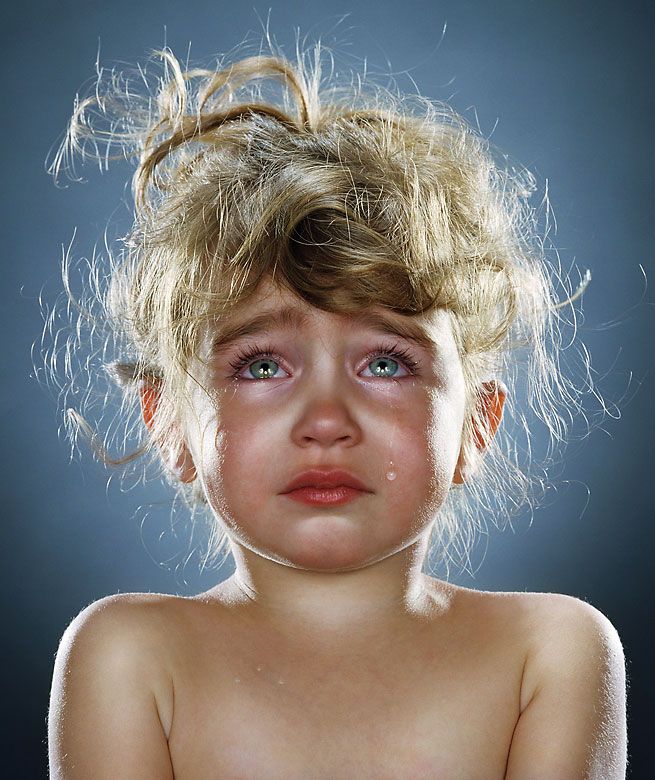 ”
”
Swain’s work is built on past studies of the responses of adult brains to infant crying. Seifritz, a Swiss researcher, found in 2003 that the brains of women with or without children responded more to babies’ laughter and crying than men without children did, but parents of both genders showed stronger reactions to crying. That reinforces Swain’s observations that the experience of caring for their babies changes how parents’ brains respond to crying. If crying is supposed to help parents and babies connect, why is it also linked to abuse? It’s well known that most cases of babies being hit or shaken are related to crying. What makes it such a problem for parents in our society?
For one thing, parents in our society are often warned not to do the things that traditional parents naturally do to soothe their babies when they cry. Research by Barr and others has shown that babies cry only half as much when parents carry them in close contact (skin to skin as much as possible), sleep next to them, feed them very frequently, and respond quickly if they cry or fuss.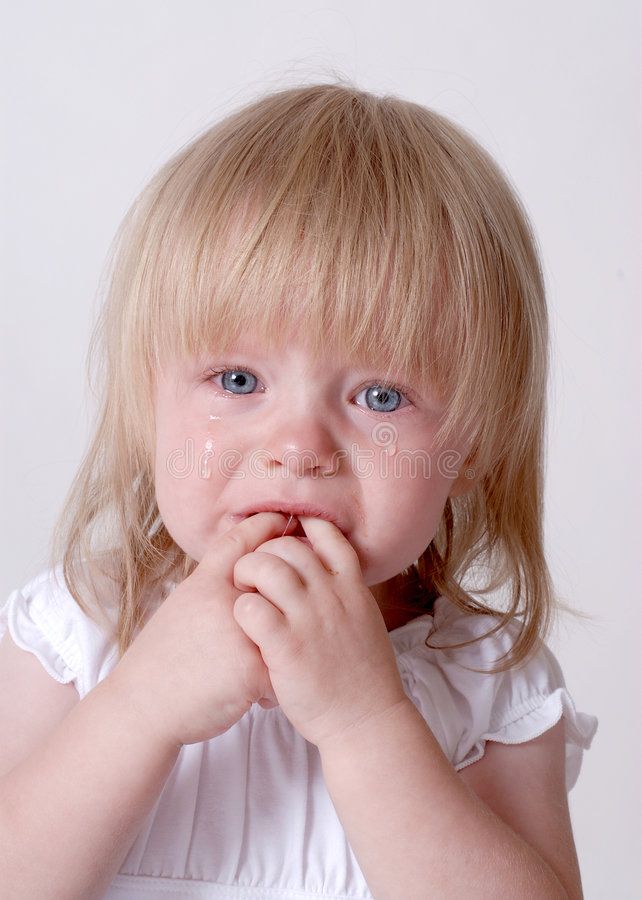 But most parents in Western societies are told that these soothing actions will “spoil” the baby or that the baby is being “manipulative,” so the baby cries more and more, and the parent gets more and more frustrated.
But most parents in Western societies are told that these soothing actions will “spoil” the baby or that the baby is being “manipulative,” so the baby cries more and more, and the parent gets more and more frustrated.
For another, many parents don’t have someone to lend a hand when the crying starts to wear them down. Your brain may be saying “Respond to that baby” but your body is saying “Sleep, need sleep!” That’s when having a grandmother or partner or postpartum doula or other support person can make all the difference, giving the mother a break while still reassuring the baby that yes, someone is here to hold you and you are safe.
La Leche League has always encouraged mothers to listen to their hearts in responding to their babies, and the newest research is confirming that as the best way to protect your baby from the harmful effects of stress. Okay, the message to “pick up and cuddle your baby” is actually coming from your brain, not your heart—but we feel it in our hearts.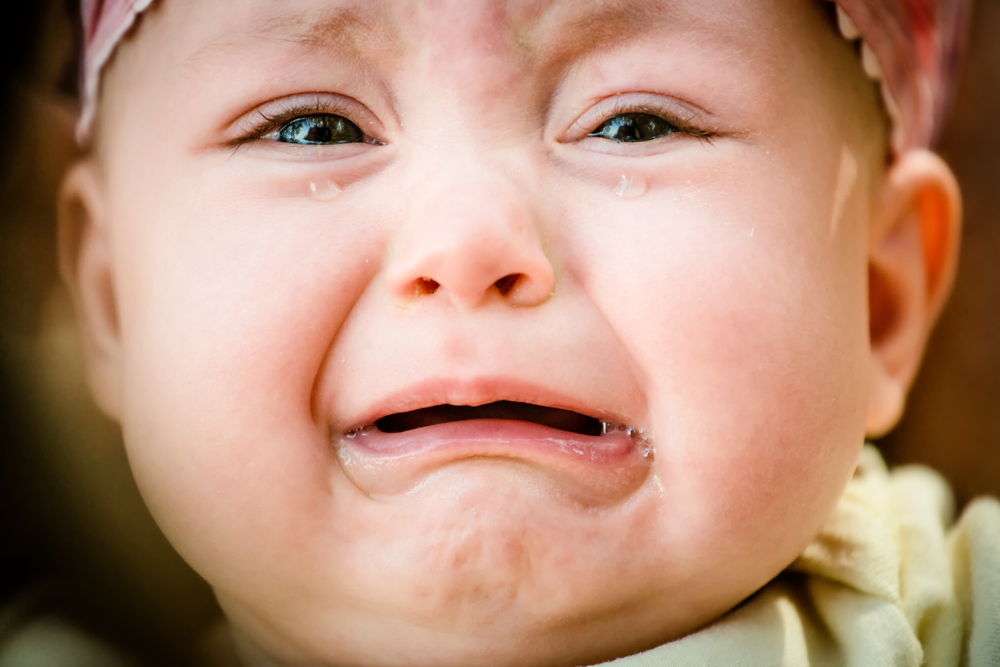
Gerhardt, S. Why Love Matters: How Affection Shapes a Baby’s Brain.
ReferencesBarr, R.G., Elias, M.F. Nursing interval and maternal responsivity: effect on early infant crying. Pediatrics 1988 Apr; 81(4): 529–36.
Barr, R.G., Paterson, J.A., MacMartin L.M. et al. Prolonged and unsoothable crying bouts in infants. J Dev Behav Pediatr 2005 Feb; 26(1):14–23.
Bell, S.M., Ainsworth, M.D. Infant crying and maternal responsiveness. Child Dev. 1972 Dec; 43(4):1171–90.
Gunnar, M.R., Herrera, A., Hostinar, C. Encyclopedia on Early Childhood Development ©2009 Centre of Excellence for Early Childhood Development
Hunziker, U.A., Barr R.G., Increased carrying reduces infant crying: a randomized controlled trial. Pediatrics 1986 May; 77(5):641–8.
Seifritz, E. et al. Differential sex-independent amygdala responses to infant crying in parents versus non-parents.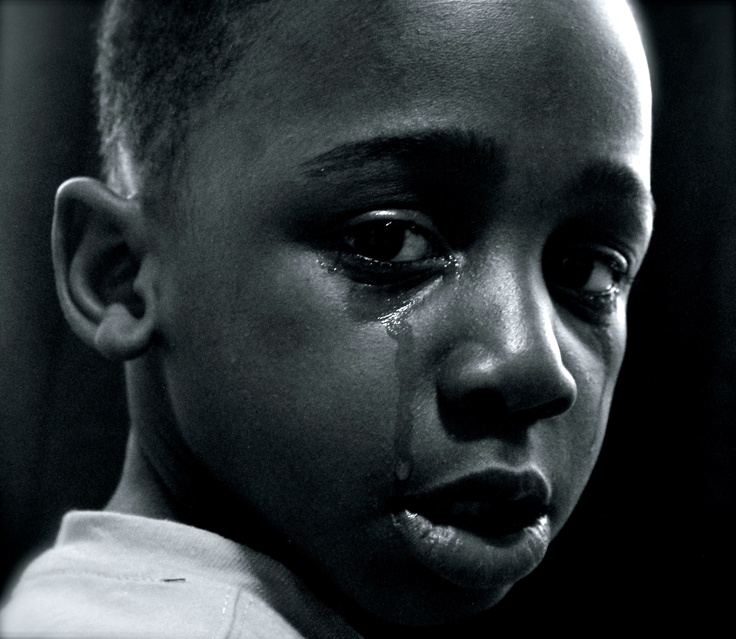 Biol Psychiatry 2003 Dec 15; 54(12):1367–75.
Biol Psychiatry 2003 Dec 15; 54(12):1367–75.
Swain, J.E., Lorberbaum, J.P. Kose, S., Strathearn L. Brain basis of early parent- infant interactions. J Child Psychol Psychiatry 2007 Mar–Apr; 48(3–4):262–87.
Swain, J.E., Tasqin, E., Mayes, L.C. et al. Maternal brain responses to own baby cry is affected by cesarean section delivery. J Child Psychol Psychiatry 2008 Oct; 49(10):1042–52.
Teresa Pitman has been a La Leche League Leader for 40 years. She is one of the co-authors of the LLLI books The Womanly Art of Breastfeeding and Sweet Sleep and is the author of 16 other books with a 17th book coming out in January 2019 (on starting solids!). She is the mother of four grown children and the grandmother of ten.
Causes of children's tears. How to deal with them?
- Tags:
- Expert advice
- 0-1 year
- 1-3 years
- 3-7 years
All child psychologists agree that the less often a child cries, the more balanced, calm and healthy he will grow up.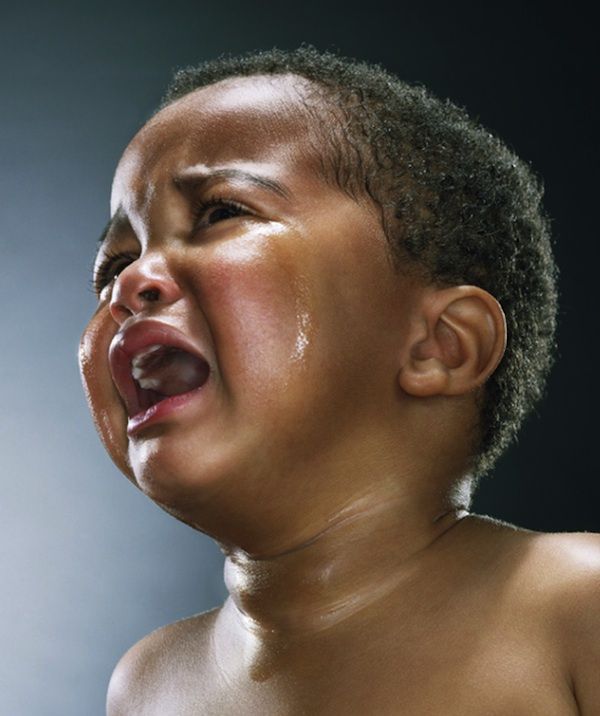 But sometimes it is very difficult to understand what exactly causes such a violent reaction in a child and why a little something - he immediately rushes into tears. Let's try to figure this out.
But sometimes it is very difficult to understand what exactly causes such a violent reaction in a child and why a little something - he immediately rushes into tears. Let's try to figure this out.
Why is the baby crying?
Most often, a child's tears signal that he needs sympathy and help - that is why, when adults do not pay attention to his quiet crying, very soon he develops into a real tantrum with a loud roar, screams, stamping his feet, wallowing on the floor , and sometimes with attempts to hit the parent.
At least once in a lifetime, every parent has had to deal with the whims of a baby, when a child throws a tantrum at home or in a store because an adult refuses to buy a new toy or chocolate.
Despite the fact that a child’s crying can be caused by completely different reasons: they were offended in a kindergarten or school, they didn’t take them to an amusement park, although they promised, they didn’t give the toy that the baby would like for his birthday - adults in any In this case, one should treat children's tears not just as a bad mood or groundless whims of one's child, but as a sign that the child needs help.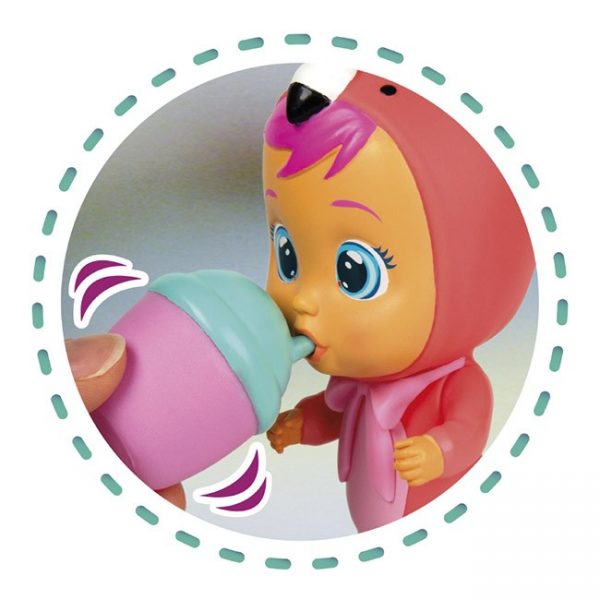 Only attentive and sensitive parents will be able to raise a sympathetic and kind person. Those who try to ignore children's tears, perceiving them as something that will pass by itself if you do not pay attention to it, will most likely have to face a situation where crying and tantrums turn into a child's bad habit or a way to blackmail parents.
Only attentive and sensitive parents will be able to raise a sympathetic and kind person. Those who try to ignore children's tears, perceiving them as something that will pass by itself if you do not pay attention to it, will most likely have to face a situation where crying and tantrums turn into a child's bad habit or a way to blackmail parents.
Find the cause of children's tears!
If a child cries, as it seems to you, for no apparent reason, this does not mean at all that it does not really exist. It often seems to adults that the baby's problems are far-fetched and there is simply no reason to rush into tears, but this is not at all the case. What is sometimes unimportant for an adult, may be extremely important for a child.
For example, you were going to visit your grandparents for the weekend, where your child really likes to visit, because they have a dog or a cat that your child really likes to play with. For some reason, the trip did not work out, and you decided to reschedule it for the next week. It seems to you that there is nothing terrible, but from the moment you just mentioned that you were going to go there with him, he could impatiently count the days until the weekend and go to bed every evening with thoughts that he would see very soon beloved cat or dog. And naturally, after you tell him about the cancellation of the trip, he will be very upset.
It seems to you that there is nothing terrible, but from the moment you just mentioned that you were going to go there with him, he could impatiently count the days until the weekend and go to bed every evening with thoughts that he would see very soon beloved cat or dog. And naturally, after you tell him about the cancellation of the trip, he will be very upset.
If a child was offended in kindergarten, sometimes you can't immediately understand why he started crying only when you returned home with him. In fact, the baby could well be afraid to cry in the presence of his offender (if, for example, it was a teacher), and gave vent to his feelings only when he was in a safe place next to loved ones.
The reason for the hysteria arranged in the store may not be your refusal to buy some thing or toy, but the inattention with which you reacted to his request. Or maybe the child managed to boast in kindergarten to one of his friends that his parents would buy him a new car and promise that he would bring it the next day to show everyone (especially if you really once promised your child to buy this toy).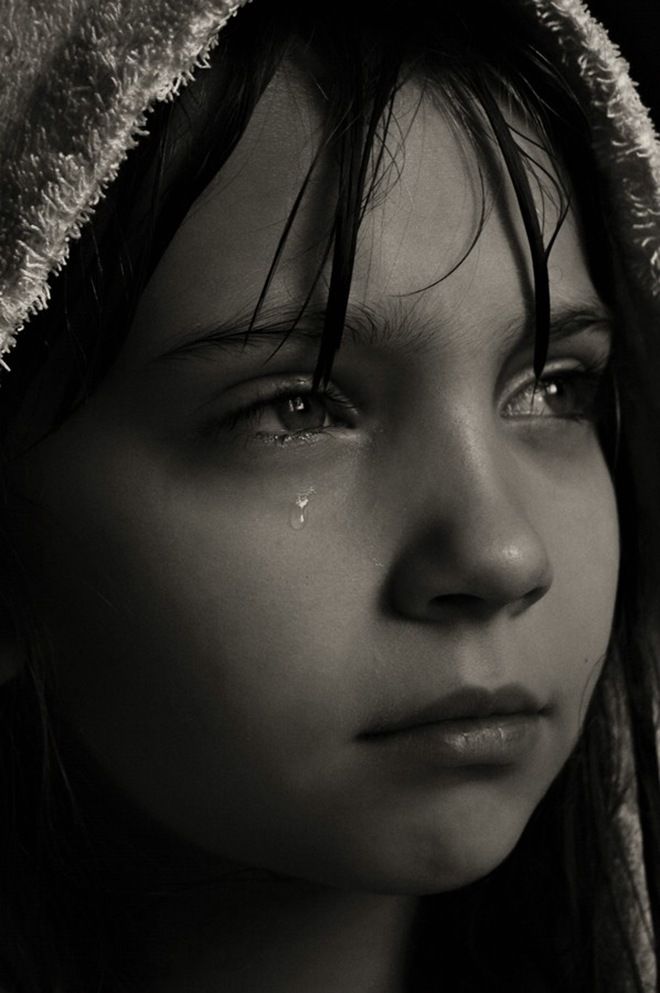 Naturally, if he comes to kindergarten without the promised car, other children can easily start teasing him with a liar.
Naturally, if he comes to kindergarten without the promised car, other children can easily start teasing him with a liar.
The most important thing is to figure out why the baby is actually crying. Pay attention, talk to him, ask him to tell you more about what causes tears. Remind him that you are the closest person to him and you can understand everything, hug him, kiss him, tell him that you love him. Promise that you will not swear if the reason the child is crying is actually caused by his bad deed (for example, if he started a fight with another toddler in kindergarten). The child must trust you, not being afraid of your reaction to his words - only then can you really reach the desired level of understanding.
How to calm a child?
If you have found out the cause of tears, first analyze the situation together with your child. Most likely, he will be distracted by your story and stop crying. If the fact is that the baby had some kind of conflict with peers, a kindergarten teacher or a school teacher, try to consider the situation in detail, present it to the child as if from the outside. Explain to him the behavior of the one who offended him, tell him why this could happen, and if your baby is to blame for the conflict, calmly and without reproaches try to explain to him what his mistake was and why this should not be done anymore.
Explain to him the behavior of the one who offended him, tell him why this could happen, and if your baby is to blame for the conflict, calmly and without reproaches try to explain to him what his mistake was and why this should not be done anymore.
If the cause of the tears is the cancellation of a walk, a trip to the cinema, or a trip to an amusement park that you promised him, it is worth explaining calmly and in detail why it was not possible to go there. Explain to him in detail about your work, if it was your busyness, promise that you will definitely go to the cinema or the park another time, and try to come up with a reason why this postponed walk will be even better than the one that did not work out. For example, say that you can take a walk not for two hours, as you were going today, but for four whole hours, and if the trip to visit grandparents was canceled, promise the child that this time he will be able to stay there overnight, although if you went today, we would only spend the evening visiting.
If your reasoning doesn't work and your child continues to cry, think of something important to postpone crying for. You can invite your child to draw a picture for your grandmother, which you will definitely take with you when you go there, or invite your child to go to the park and feed the ducks in the pond instead of a failed trip to the cinema. You can try to distract the child with his favorite game, a book, or cooking some delicious food together, such as cake or pizza. Very often, children easily make such concessions.
Keep your sense of humor, try to make jokes, but don't make the baby the object of jokes. If the crying does not stop, try using the surprise effect: being outside, you can distract the child with the phrase “Look, what a beautiful bird is sitting on a tree!” or “Look what a funny cat ran!”.
If the child is distracted from crying even for a minute, it means that you managed to master the situation. The main thing is not to ignore the mood of the child, and in time to show participation in his problems.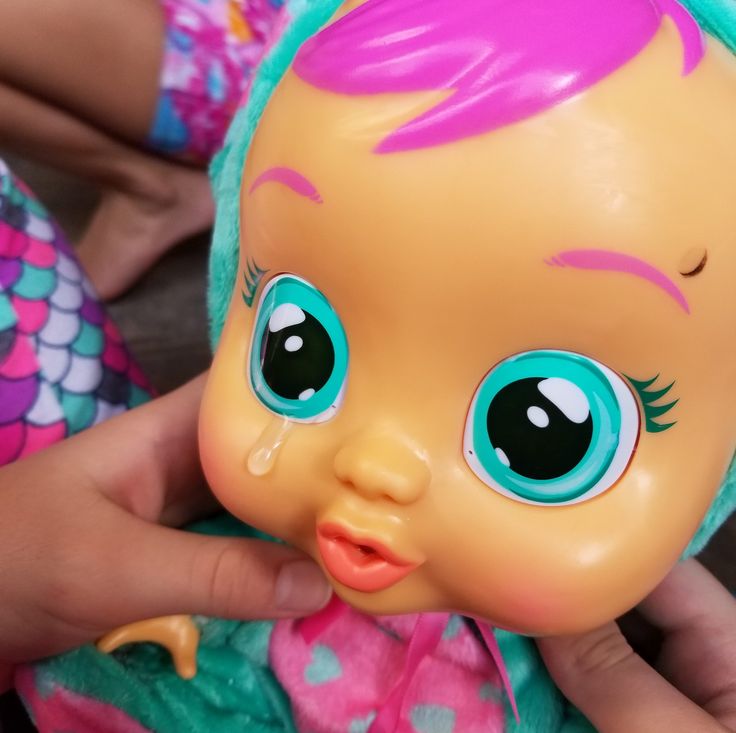
Victoria Viktorovna
Baby crying: good or bad
Some consider children's crying useful - they say, the lungs are trained. Others are harmful: for a child it is stress. Where is the truth?
Doctor's consultation
You can get the consultation of the necessary specialist online in the Doctis app
Laboratory
You can undergo a comprehensive examination of all major body systems
- Is baby crying normal or not?
- Possible causes of baby crying
- Cry tactics
- Japan Crying Children Festival
Parents and respond to crying, respectively. Some allow the child to "shout", others they run up to him at the first whimper, carry him in their arms for several hours and rock him until morning - so long as the precious child does not cry. And everyone is sure that they are right.
And everyone is sure that they are right.
But scientists have not yet managed to come to a single point of view.
For example, a team of Australian researchers from the Murdoch Research Institute for Childhood and the Royal Children's Hospital in Melbourne claims that tears do no harm. On the contrary, they alleviate the emotional state and calm nerves. For several years, scientists have observed 225 women with small children. It turned out that children who mothers were allowed to cry a little before going to bed, slept better and woke up less often.
But British researchers found that prolonged crying leads to increased production of the stress hormone cortisol. And this can harm the development of the child's brain. In their opinion, leaving a crying child one on one with your tears is impossible.
Doctors used to say this: a child can cry, but should not be tired from crying, - explains pediatrician Irina GANINA.- Long inconsolable sobs are not good for the child: this negatively affects the psyche. But the other extreme is when parents are ready for anything, as long as the baby doesn’t cry, it’s also harmful: the heir can grow up to be an egoist”
Reasonable approach
First you need to understand why the baby is crying. The tears of children under one year old are always a signal of some trouble, asking for help. The baby wants to eat, drink, he is hot (cold), wet, uncomfortable, painful ... For example, he may be tormented by teeth or colic in the stomach. Therefore, the tears of babies cannot be ignored. Need do everything to help them. By the way, children under one year old cry an average of 65 times a month. And this fine.
But as the child grows older, it is able to cry not only out of "necessity", but also because that he really wants something. For example, the same red spatula as the girl in the sandbox. And tears are often demonstrative, designed for "their" viewer. Say daddy baby can claim "I'm not crying for you," but for a grandmother or mother to arrange a demonstration performance. They have something your heart will surely tremble!
And tears are often demonstrative, designed for "their" viewer. Say daddy baby can claim "I'm not crying for you," but for a grandmother or mother to arrange a demonstration performance. They have something your heart will surely tremble!
That is, crying often becomes an instrument of pressure. And children enjoy using it. Yes, even are experimenting. For example, if the normal, "average" roar does not work, the baby may approach this matter creatively - throw a tantrum in front of dozens of people. If parents rush console him, he will continue to use this technique more than once. Although, of course, the "honest" reasons for crying - I broke my knee, got scared, tired, overexcited - they also remain. Therefore, parents, again, you need to understand the reason for crying. And based on this, act.
What to do with the roar?
- You can distract the baby, turn everything into a joke, hug and say something positive (“Nothing, pass!").
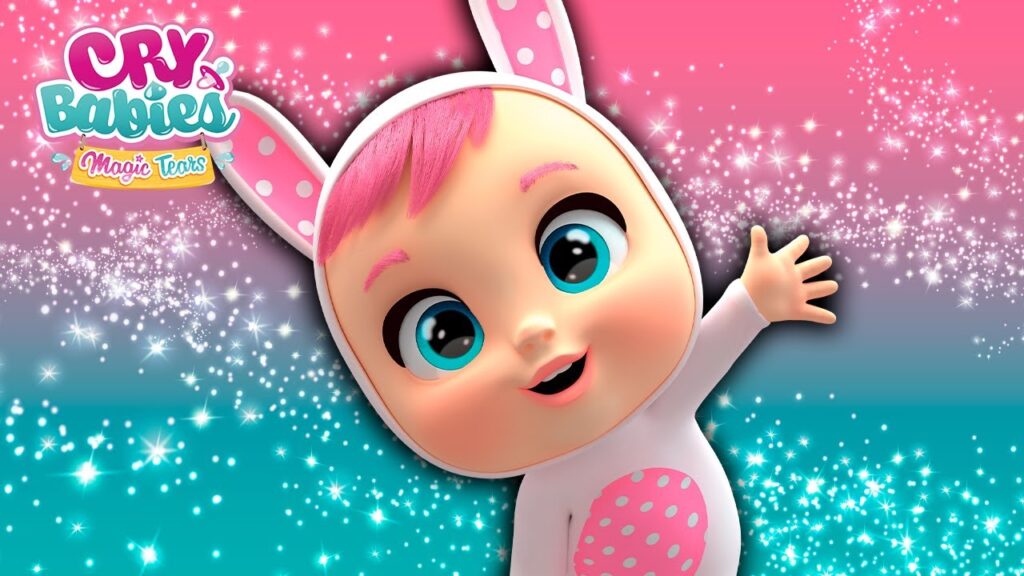 In a word, to show him sympathy and support, but at the same time show that you can react to troubles without tears.
In a word, to show him sympathy and support, but at the same time show that you can react to troubles without tears. - You can’t get angry, swear, lament: “Let me pity you, poor thing, pricked your finger!”. This will intensify the sobs. You also can't succumb to provocations. If a child throws a tantrum in a store, demanding to buy a toy, calmly, ignoring tears, say that you have no money. Did you cry even harder? Take him by the hand and take him outside. When he stops crying (and he stops, because tears did not bring results), explain that it is not always possible to get what you want. Especially with the help tears.
It's funny that in Japan every year there is a festival of crying children - Naki Sumo. During the festival two sumo wrestlers take a small child in their arms and stand opposite each other. And then it starts battle... children. Sumo wrestlers bring them to tears in every possible way: they make scary faces, make frightening sounds.
